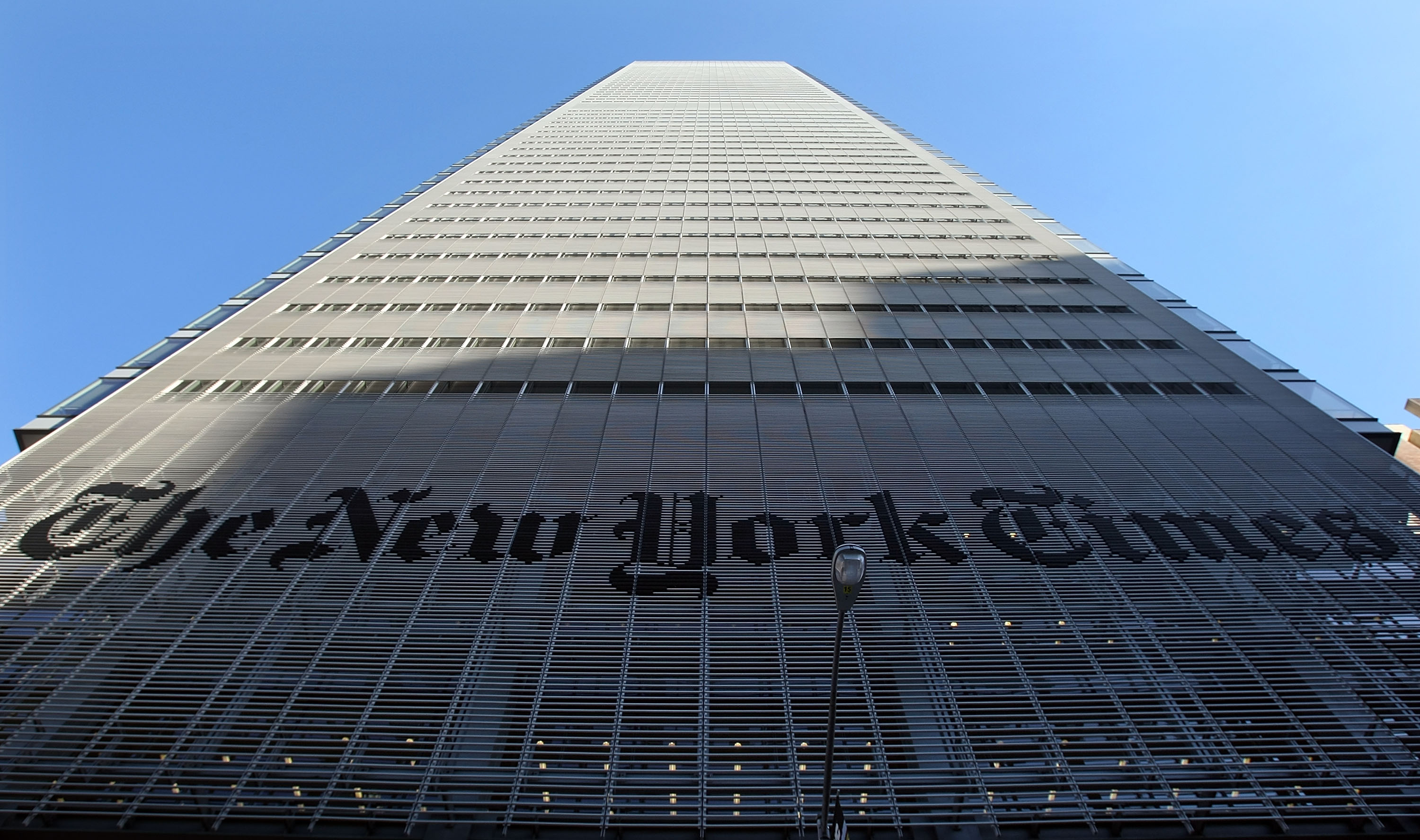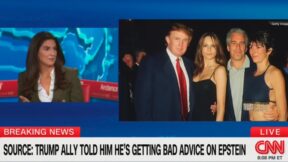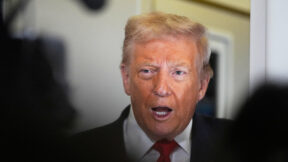The New York Times Hit on Brett Kavanaugh Wasn’t a Bombshell, It Was a Temper Tantrum
“If at first you don’t succeed… try, try again… at least as long as the internet traffic and potential book sales from frustrated liberals continue to hold.”
After this past weekend’s bogus “bombshell” about Supreme Court Justice Brett Kavanaugh, perhaps that line should replace “All the news that is fit to print” as the new motto of the now further diminished and increasingly liberal New York Times.
The once universally respected paper of record published a bizarre opinion piece on a book by two of its reporters who investigated Kavanaugh’s past, in light of the sexual assault allegations levied against him during his intensely contentious confirmation process. The piece, which is weirdly headlined and framed as a look at the Yale University culture at the time Kavanaugh studied there, eventually reveals a “new” allegation against him. It sounds very similar to the one involving Deborah Ramirez, which the authors try mightily to resuscitate, mostly through the use of smoke and mirrors.
The story has been the talk of the internet for the past two days and its “revelations” have been widely copied and pasted by other major news outlets. However, there is absolutely nothing “new” or legitimately credible in the piece, and there are key omissions that should humiliate the Times and, in a rational world, would never have allowed the story to run as it did.
The “second” Yale allegation comes in the form of a male witness, Max Stier, who some 35 years later told investigators during Kavanaugh’s confirmation hearings that he saw the nominee put his genitals in the face of a woman on campus (importantly, Democrats in the Senate decided not to do anything with this account). There are massive problems with this allegation, however, and how the Times allowed their biased reporters to frame it.
First, according to the reporters’ own book, the alleged victim has no memory of Kavanaugh doing this to her, and yet their article does not make that at all clear. Right there, especially since the information is not new, this accusation should never have been in the Times story. (An update was added to the Times piece late Sunday night noting that the alleged victim “declined to be interviewed and friends say that she does not recall the incident.”)
Responsible journalists simply cannot allow such an explosive claim against a highly politicized figure to be levied such an incredibly long time after the alleged event when there is no known victim, and absolutely no contemporaneous account of it happening. But this is still not the worst offense against journalism in the piece.
Steir is hilariously described as a “thought-leader” who works for a D.C. non-profit. The liberal media activists on Twitter — including Ronan Farrow and Jane Mayer who first, dubiously, reported on the Ramirez episode after the Christine Ford allegation became public — gushed all over him as someone whose reputation makes him a stellar witness.
Except, what they and the Times piece didn’t tell you is that Steir worked on Bill Clinton’s defense team during his impeachment while Kavanaugh was a major player in Ken Starr’s opposing forces. This important fact, inexplicably left out of the Times story, but interestingly placed at the end of this 2018 article in the Yale paper which portrays a very different climate surrounding Kavanaugh at the time, goes way beyond the obvious problems with Steir’s possible political motivation here.
Think about it this way… what are the chances that during the Clinton/Lewinsky saga, Steir could possibly be working against a man that he witnessed doing exactly the same thing the president he was defending was accused of by Paula Jones, and him not at least mention it to every single one of his co-workers — even if for some reason he didn’t want to leak it to the press at the time?!
I would submit that there is even less possibility of that happening than there is of President Trump ever admitting he has committed some form of sexual assault.
Then there is the amazing reality that Steir did not even speak to the Times’ reporters, and the only evidence they have of his account are two unnamed sources. Steir telling investigators this description while Kavanaugh was still in jeopardy (it would be really interesting to know the date in which he came forward, especially if, as it seems, it was after the Ramirez story had already been widely reported) but then not even wanting to do an interview with the Times is certainly consistent with someone who is no longer interested in pursuing this topic now that Kavanaugh is safely confirmed.
So the Steir story, especially on its own, is complete garbage from a journalistic perspective. But what about the Ramirez episode which it appears, superficially, to substantiate? Despite the best efforts of the reporters, and the fervent hopes of Farrow and Mayer, there is still nothing that remotely indicates Kavanaugh was the perpetrator in whatever happened there.
Importantly, despite enormous pressure from friends and news media, Ramirez herself has not been clear that the man who exposed himself to her at Yale was for sure Kavanaugh, and her perspective has somehow evolved dramatically AFTER this became a political issue 35 years later. Also, despite all sorts of impressive “witness” numbers that the promoters of this claim produce (they skillfully mix in people who had only heard of something happening to Ramirez, with people who at some point later heard second-hand that Kavanaugh may have been involved), there is only one tally which really matters when it comes to witnesses in a situation like this.
How many people claimed at the time, 35 years ago, to directly see Brett Kavanaugh expose himself to Deborah Ramirez? The critical answer always has been, and apparently always will be: 0.
Without that witness, and without even a victim willing to say with real certainty that it was Kavanaugh who did it, this allegation is simply not reliable, especially all these many years later. There is a logical explanation, however, for what really happened here.
I believe that all of the “evidence” in this case is perfectly consistent with an actual incident that occurred, but which, partly because of the fact that everyone there was drunk at the time, essentially became an urban legend. As the years rolled on, and Kavanaugh became the most well-known person in the building (not to mention a right-wing hero who most Yale grads would have an inherent animus towards), easily molded memories got manipulated by wishful suggestions that it was Kavanaugh who was the cause of this infamous event.
Of course, once the whole thing suddenly became part of a national political food fight, nothing anyone remembered from 35 years ago, whether sincere or contrived, was remotely reliable at that point, or beyond (and therefore having the FBI “fully investigate” it would have been as absurd as asking them to look into a Bigfoot sighting from the mid-1980s). While I can’t be sure that is exactly what happened, it is a scenario which makes a lot more sense than any other I have heard in this whole, now never-ending, mess.
John Ziegler is a senior columnist for Mediaite. He hosts a weekly podcast focusing on news media issues and is documentary filmmaker. You can follow him on Twitter at @ZigManFreud or email him at johnz@mediaite.com
[Photo by Mario Tama/Getty Images]
This is an opinion piece. The views expressed in this article are those of just the author.





